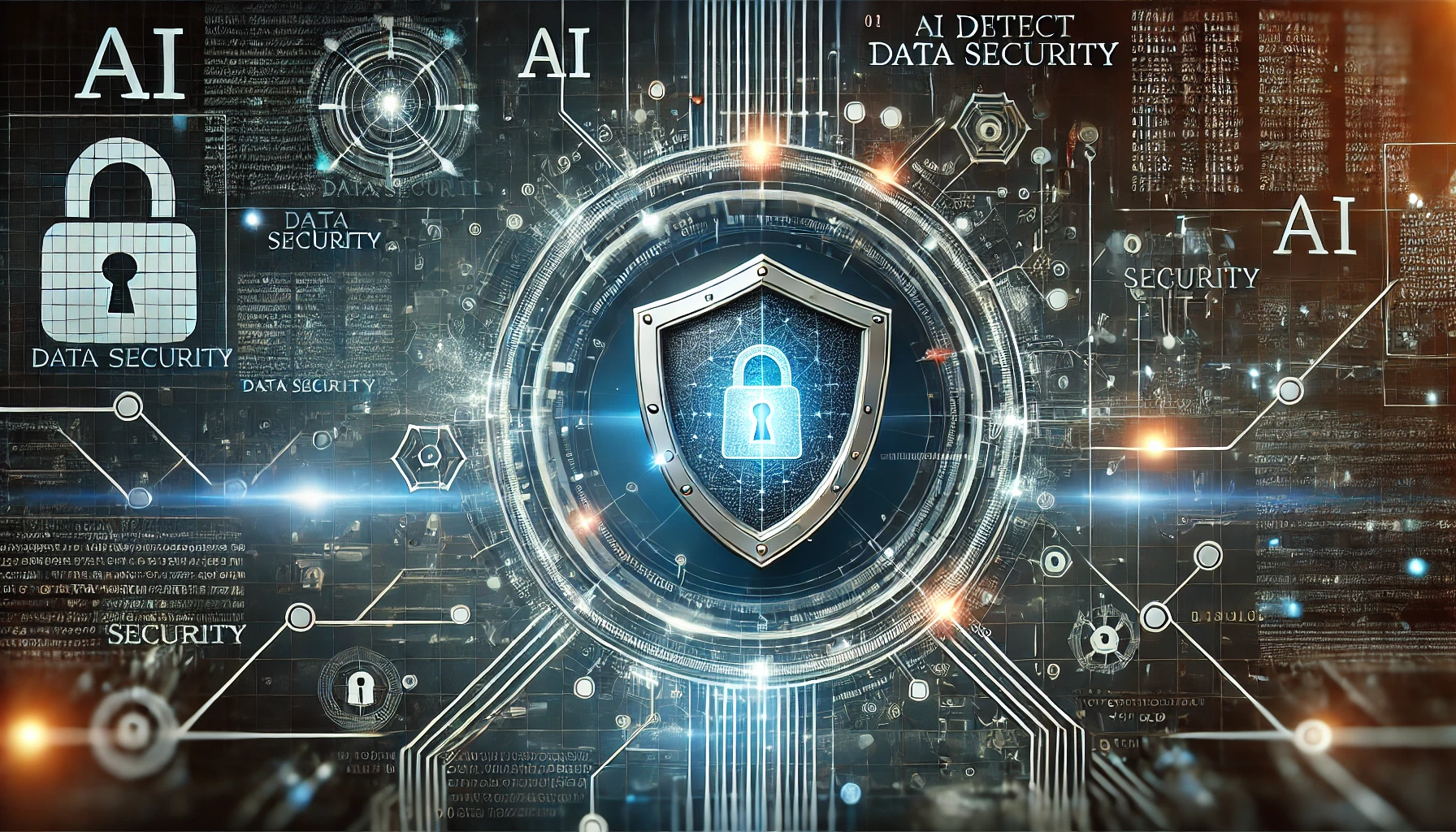How AI is Transforming Data Security
Introduction
In today’s digital age, AI is transforming data security by offering advanced solutions to safeguard businesses against evolving cyber threats. Traditional cybersecurity methods are struggling to keep up with increasingly sophisticated attacks, but AI introduces automation, predictive analytics, and real-time threat detection to address these challenges.
How AI is Transforming Data Security
- Real-Time Threat Detection
AI-powered systems continuously monitor vast networks, analyzing patterns and detecting anomalies that indicate potential threats. Machine learning models adapt over time, allowing for faster identification of unusual activities, like unauthorized access attempts or malware intrusions, helping organizations stop breaches before they cause damage. - Automated Responses
AI can automatically trigger response mechanisms when a threat is detected. For example, AI can isolate compromised systems, block suspicious IP addresses, and alert security teams within seconds. This speed is crucial in limiting damage during a cyberattack. - Predictive Analytics
Using historical data, AI can predict future vulnerabilities. By analyzing past attack trends, AI tools can anticipate where and when new threats might occur, allowing security teams to take proactive measures and patch vulnerabilities before they are exploited. - Behavioral Analysis
AI uses behavioral analytics to monitor user activity and detect any deviations from the norm. This helps prevent insider threats or external hacks that compromise user credentials, adding an extra layer of protection.
Use Cases for AI in Data Security
- Network Security: AI helps in real-time network traffic analysis to detect unusual behaviors like data exfiltration attempts or distributed denial-of-service (DDoS) attacks.
- Endpoint Protection: AI enhances endpoint security by identifying and preventing malware, ransomware, and phishing attempts.
- Compliance Monitoring: AI tools streamline data privacy and compliance efforts by automatically classifying sensitive data and ensuring it meets regulatory requirements.
Challenges and Limitations
While AI in data security offers significant benefits, there are challenges to consider. False positives can lead to unnecessary alerts, requiring human intervention for refinement. Additionally, adversarial AI—where attackers use AI to bypass security systems—poses a growing risk. Maintaining the balance between AI automation and human oversight is essential for success.
Best Practices for Implementing AI in Data Security
- Train AI Models Regularly: AI models need continuous training with updated datasets to adapt to emerging threats.
- Integrate AI with Existing Security Tools: AI should work alongside traditional security measures like firewalls and intrusion detection systems for comprehensive protection.
- Human Oversight: While AI automates many tasks, security professionals are crucial in validating findings and managing AI systems.
Conclusion
AI is reshaping how businesses approach cybersecurity, providing tools for real-time threat detection, automated responses, and proactive defense strategies. As cyberattacks become more sophisticated, AI-driven security solutions are key to staying ahead of threats.
For businesses seeking to learn more about how AI can protect their data, check out LinneoTech’s AI courses to get started.


